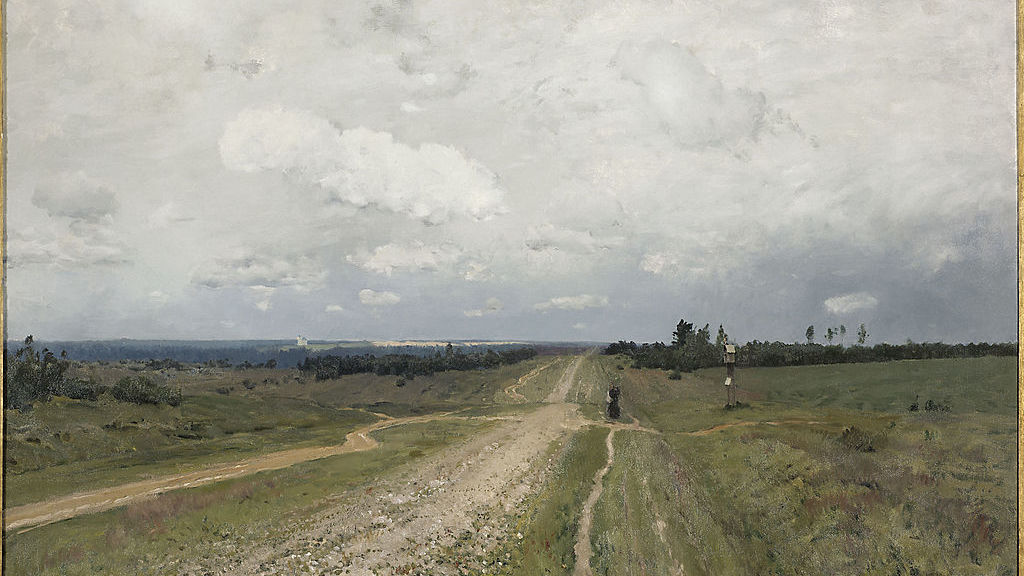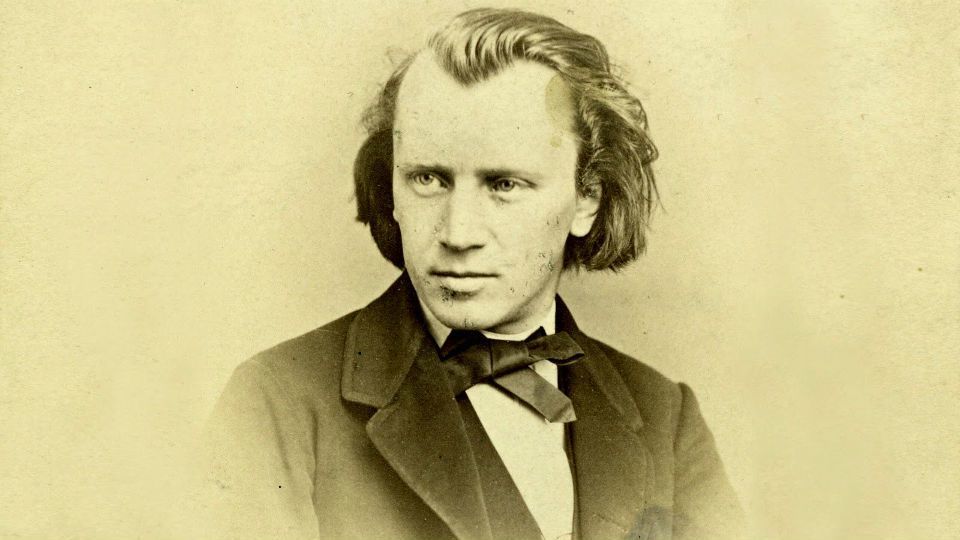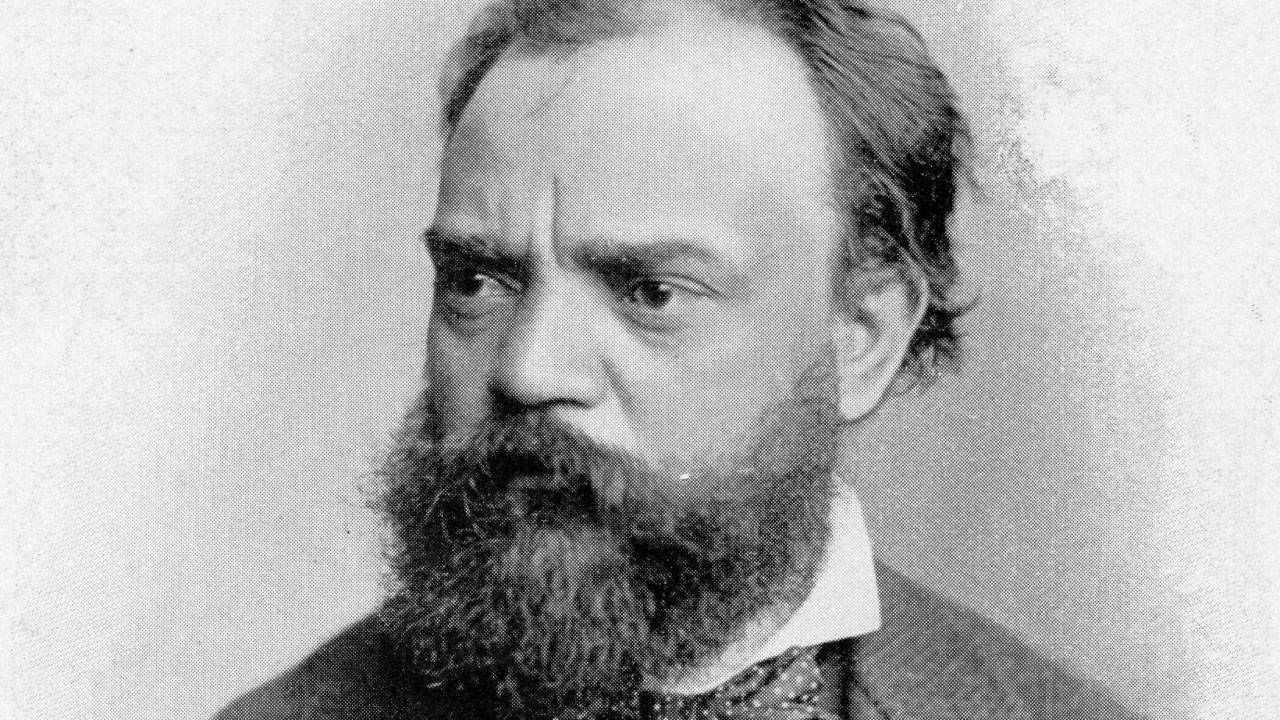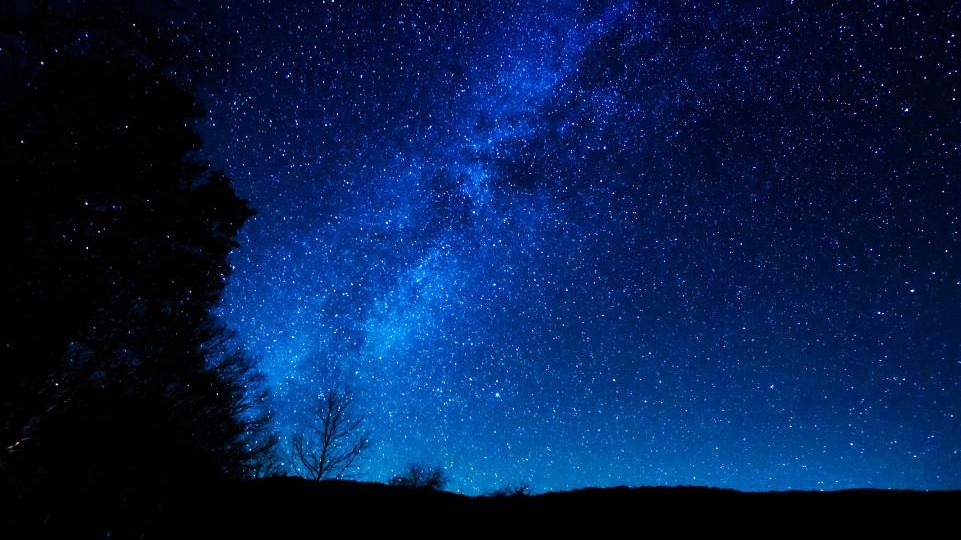Brahms’ Cello Sonata No. 2 in F Major: Jacqueline du Pré and Daniel Barenboim
During the summer of 1886, Johannes Brahms traveled from Vienna to the idyllic shores of Lake Thun in the Swiss Alps. The working vacation, sometimes called Brahms’ “chamber music summer,” resulted in an astonishing number of works, which included the Cello Sonata No. 2 in F major, Op. 99, the Violin Sonata No. 2 in A Major, Op. 100, and the Piano Trio No. 3 in C minor, Op. 101. Brahms claimed that the landscape was “so full of …







